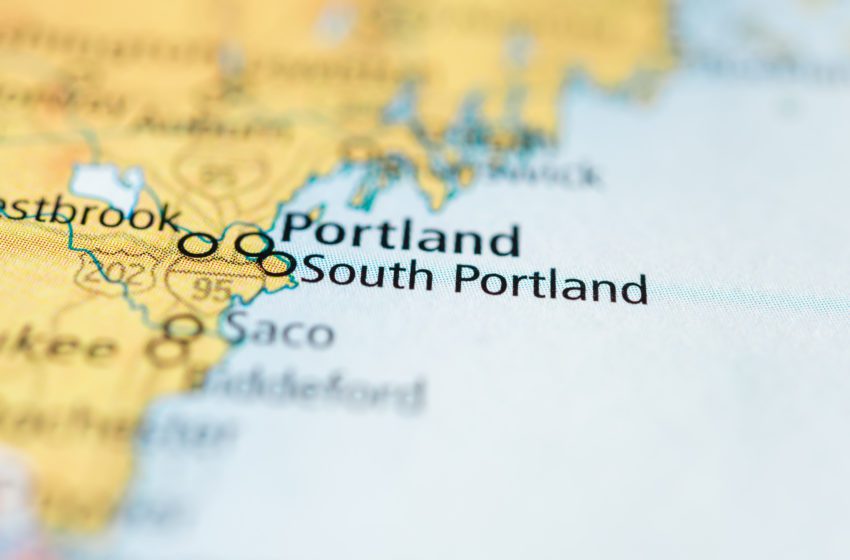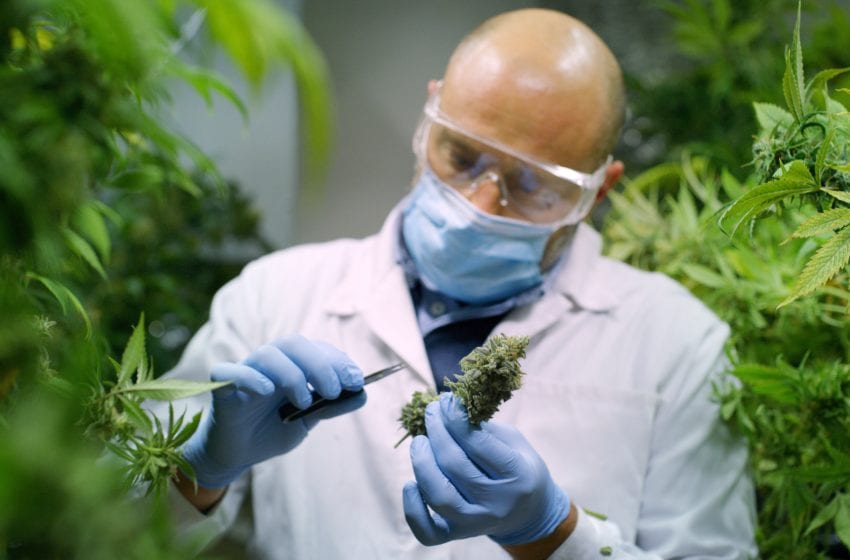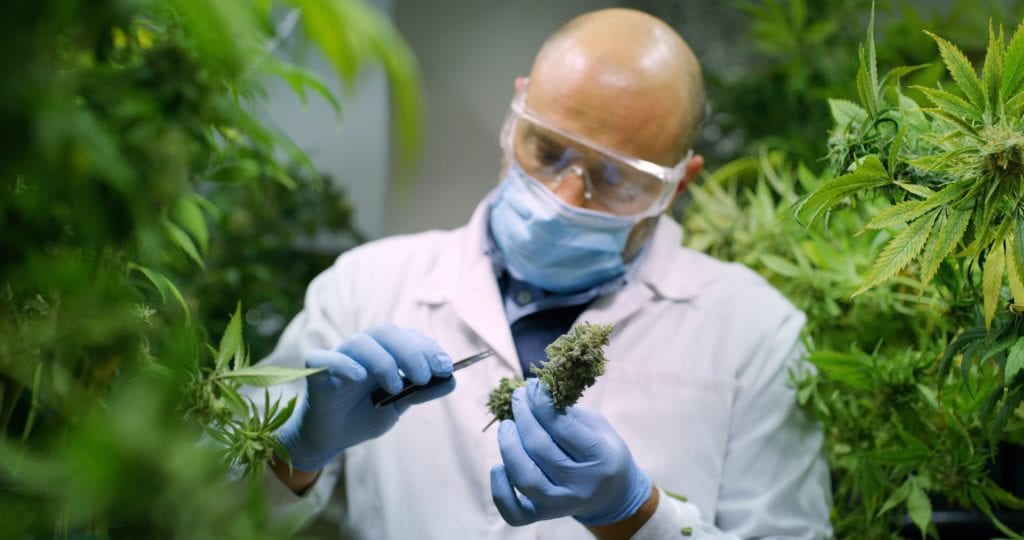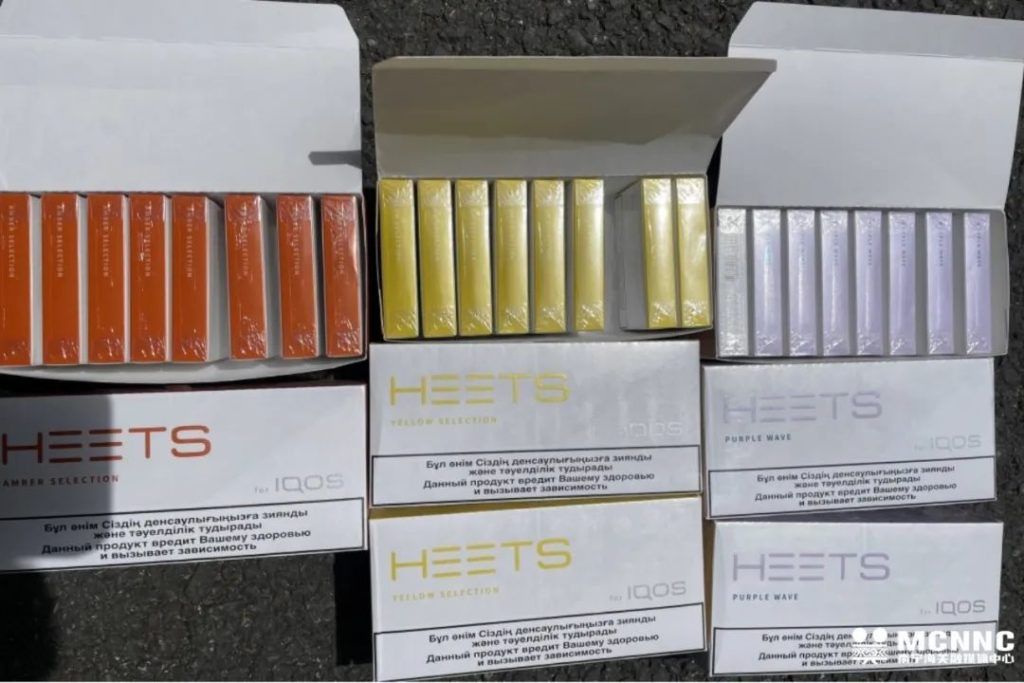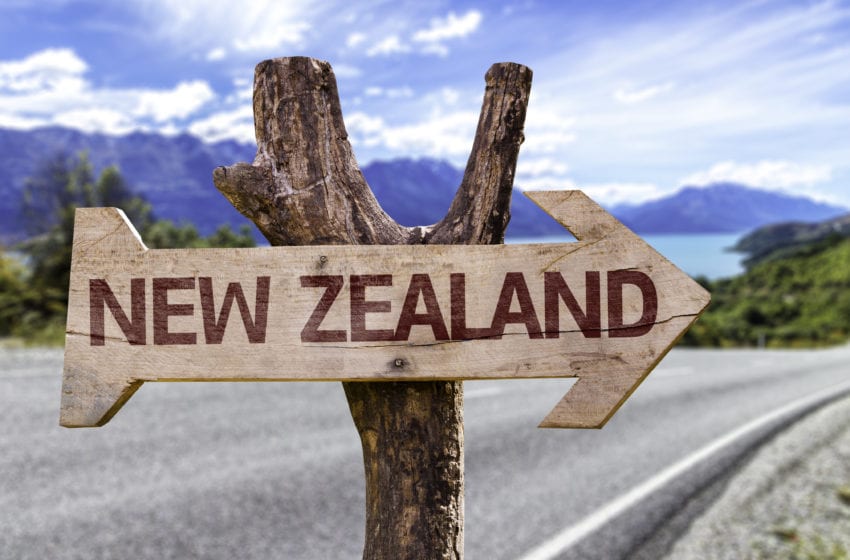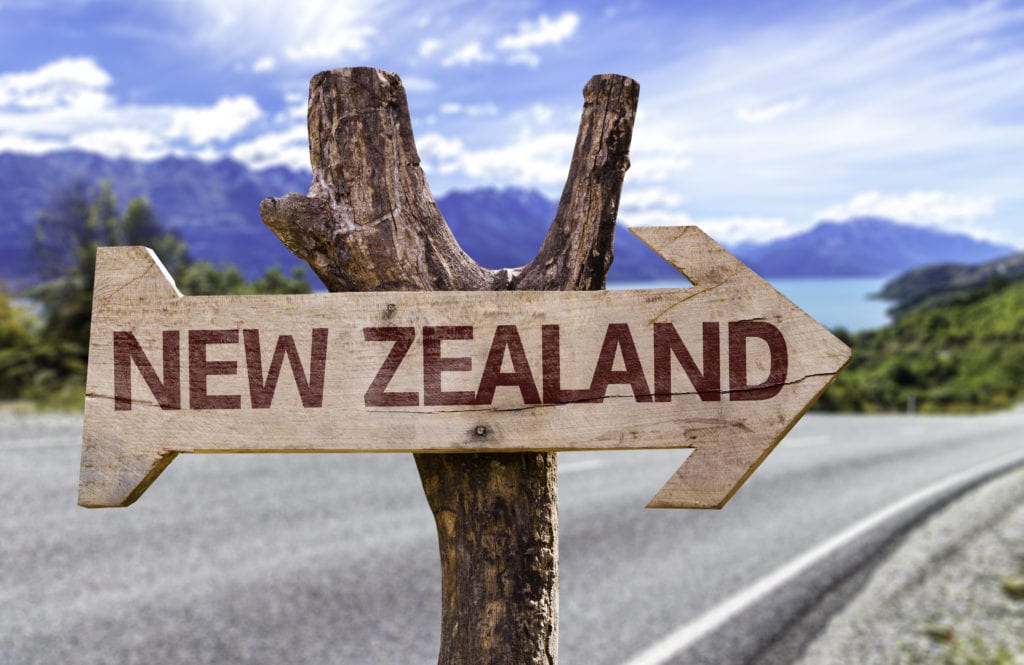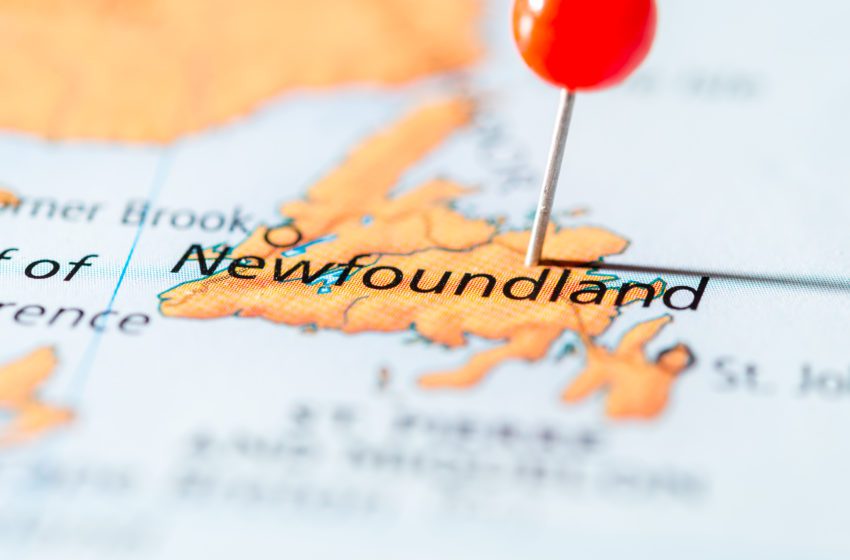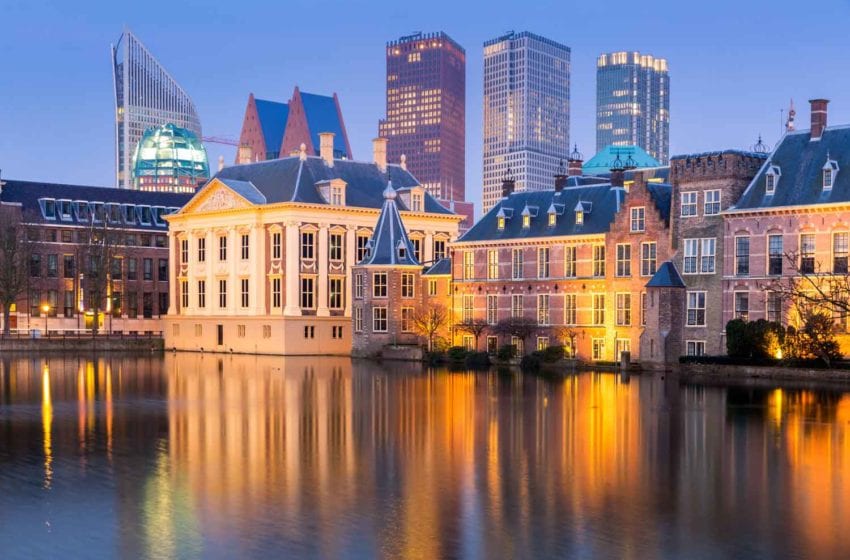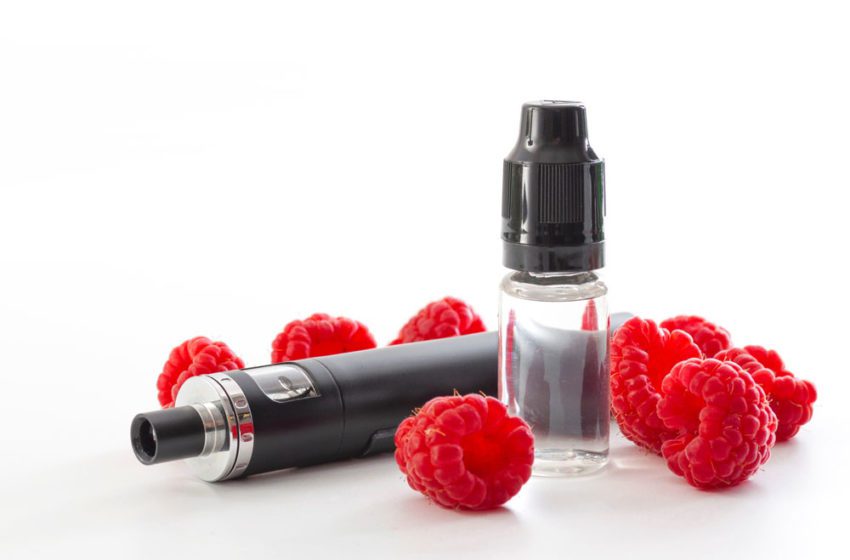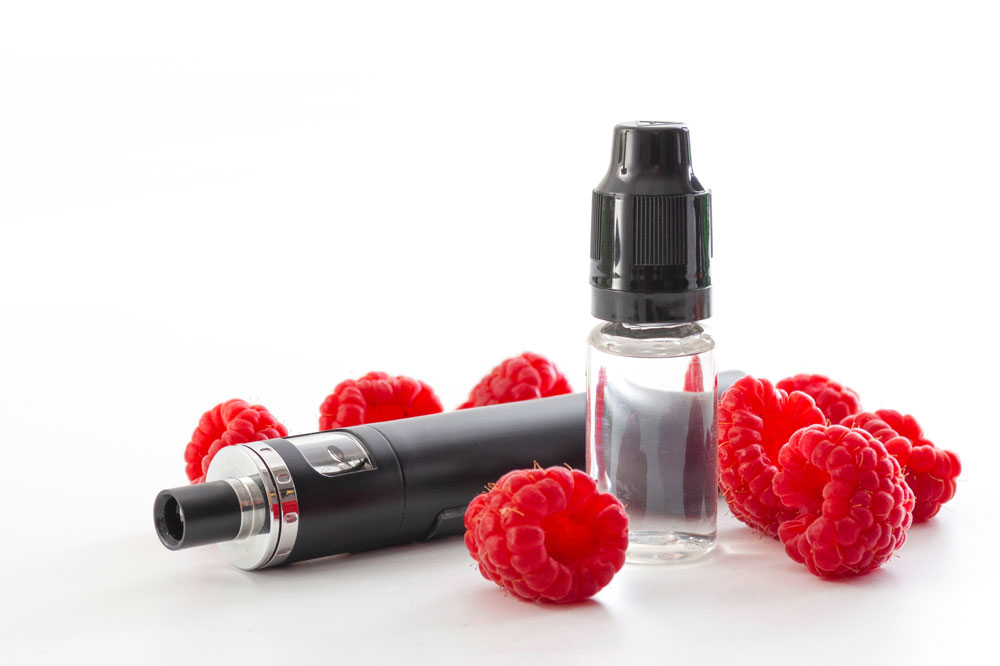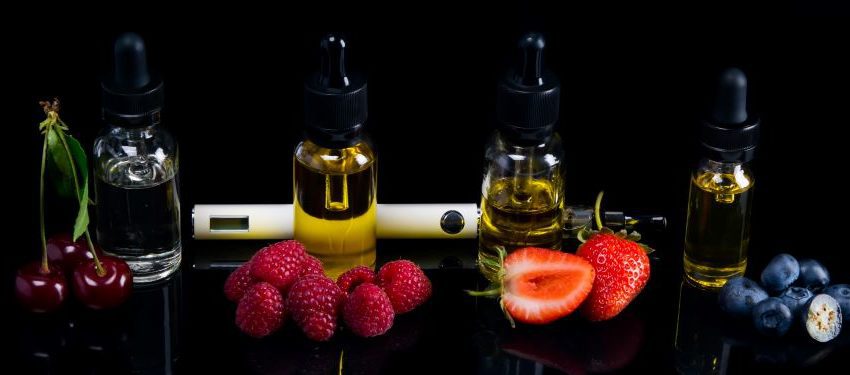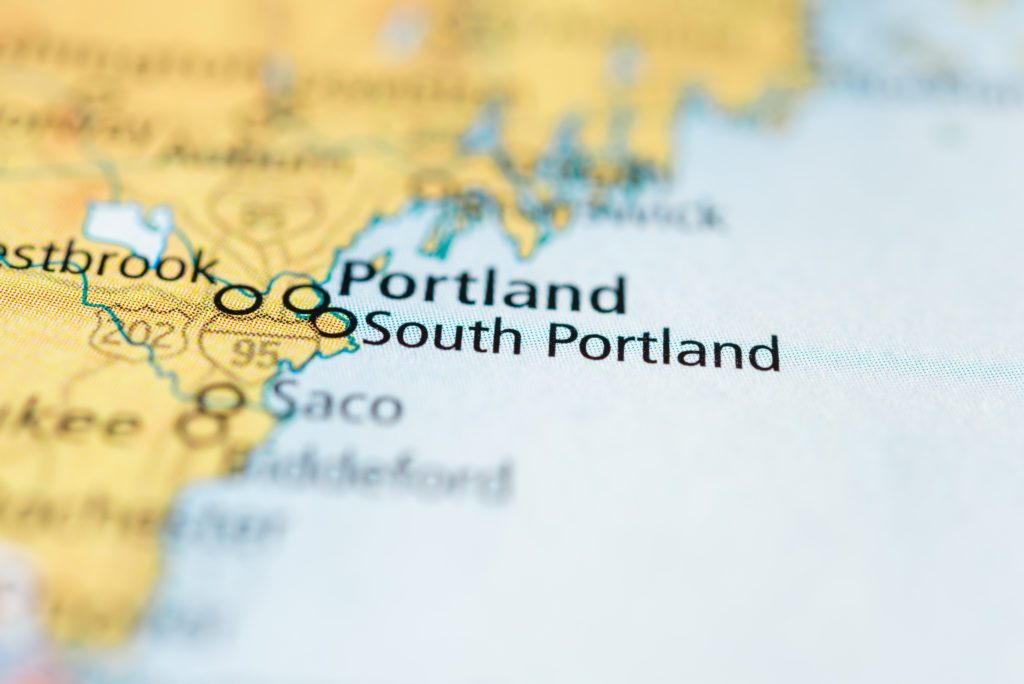
South Portland may become the next Maine community to ban the sale of flavored vaping and other tobacco products.
Under a proposed ordinance, violators would receive a $500 fine that could jump to $2,500 per subsequent violation.
Included in the proposed ban are tobacco products with “any taste or smell relating to fruit, menthol, mint, wintergreen, chocolate, cocoa, vanilla, honey, or any candy, dessert, alcoholic beverage, herb, or spice.”
The city council will hold a hearing Today, according to Spectrum News.
The ordinance is being proposed as a way to prevent young people from becoming addicted to nicotine.
South Portland attempted a ban in 2019 stalled, however, it stalled partly because no other Maine community had yet done so, according to media reports.
Now, both Bangor and Portland have banned flavored tobacco earlier this year following a unanimous vote of its city council.
A recent study showed that less than 5 percent of the 3,500 adult e-cigarette users surveyed quit using e-cigarettes in response to a U.S. flavor ban.

